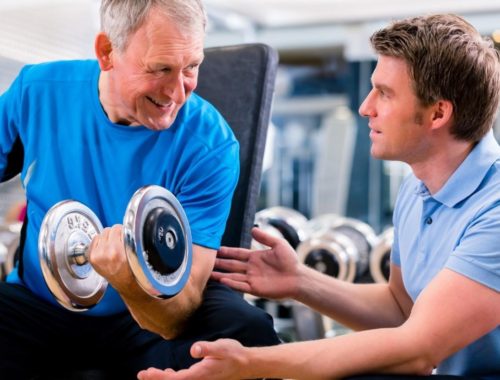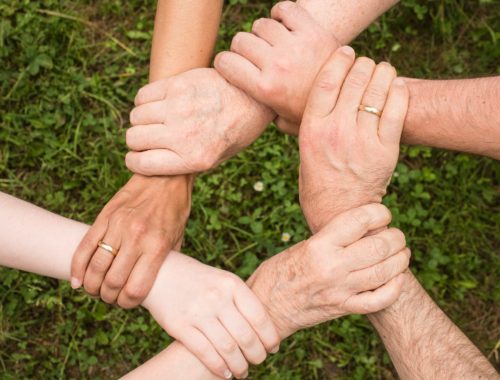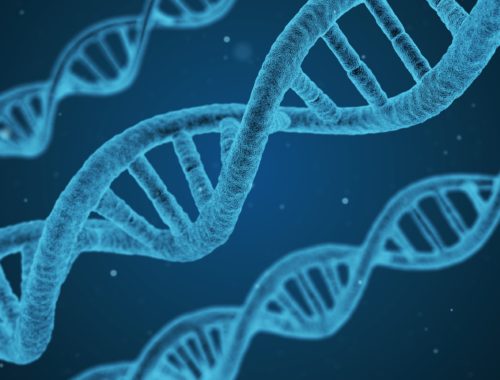Cancer 101
Why the Majority of Cancer Cases Are Preventable
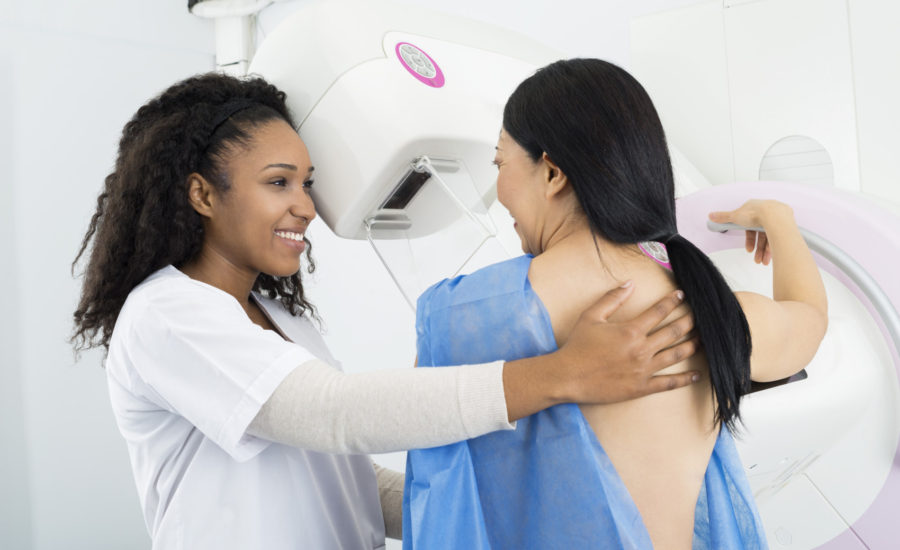
In our previous Cancer 101 article, we discuss which health hazards put us more at risk for developing cancer as we grow older. The good news is that we can reduce this risk through simple, day-to-day choices.
A growing body of research is finding that the majority of cancer cases are preventable—as high as two thirds by some estimates.
As explained in the first Cancer 101 article, damage to our genes called mutations sometimes lead our body’s cells to behave in destructive ways. Mutations can happen as a natural part of a cell’s life or, in rare cases, through an inherited gene defect passed down through a family.
But we make our body more vulnerable to mutations through exposure to hazards called carcinogens. This includes practicing unhealthy habits like:
- Smoking
- An unbalanced diet
- Not using sun protection
- Excessive drinking
With this in mind, there are steps we can take to avoid the harm created by these risks.
From active screening to a bit of daily exercise, a handful of prevention practices can greatly benefit our health over the course of our lives.
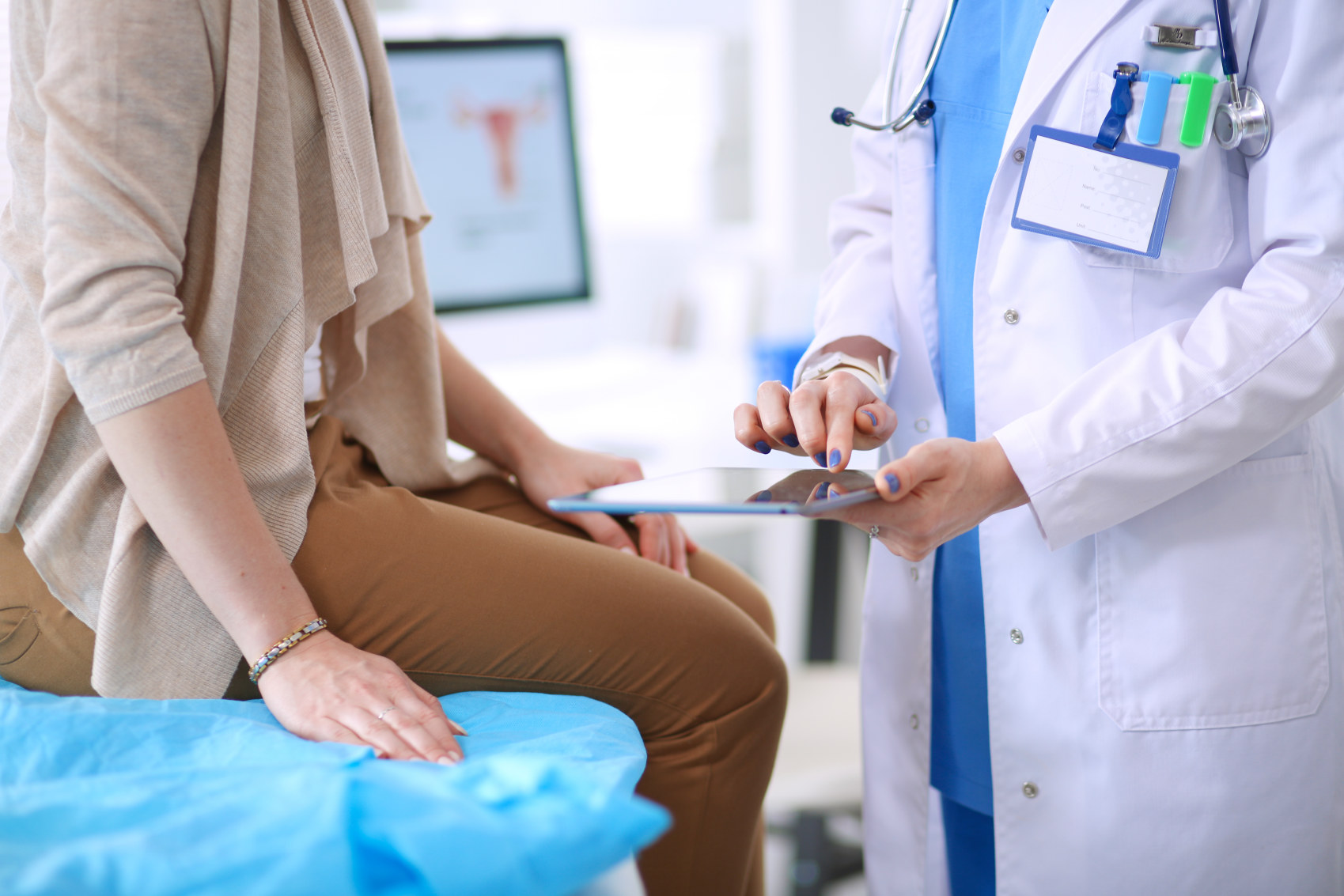
Why is Active Screening Important?
Early detection and active screening are essential parts of successfully treating cancer.
Most cancers are highly treatable in their early stage when it is limited to the site where it began and has not spread throughout the body.
Depending on the cancer, a person may not notice any changes to their body at all as the disease develops. But when cancer continues to go undetected, it may begin to drain the body’s nutritional resources, leaving patients severely weakened.
Also known as cancer cachexia, this process involves drastic weight and muscle loss, reduced appetite, lack of energy, and anemia. As the cancer grows, it spreads throughout the body shutting down organs, becoming increasingly more difficult to treat.
Many early signs of cancer can go unnoticed without screening tools like colonoscopies, mammograms, and Pap tests. Following age-appropriate screening guidelines is an effective way to detect and remove cancer risks as you get older.
- Women age 45 to 54 should get mammograms every year.
- Regular screening for colorectal cancer should begin at age 45.
- Cervical cancer screenings typically begin around age 21.
In addition to these tests, consult your doctor about additional screenings you may need. Also be sure to report any sudden changes to your body that you notice, like unusual bleeding or new skin blemishes.
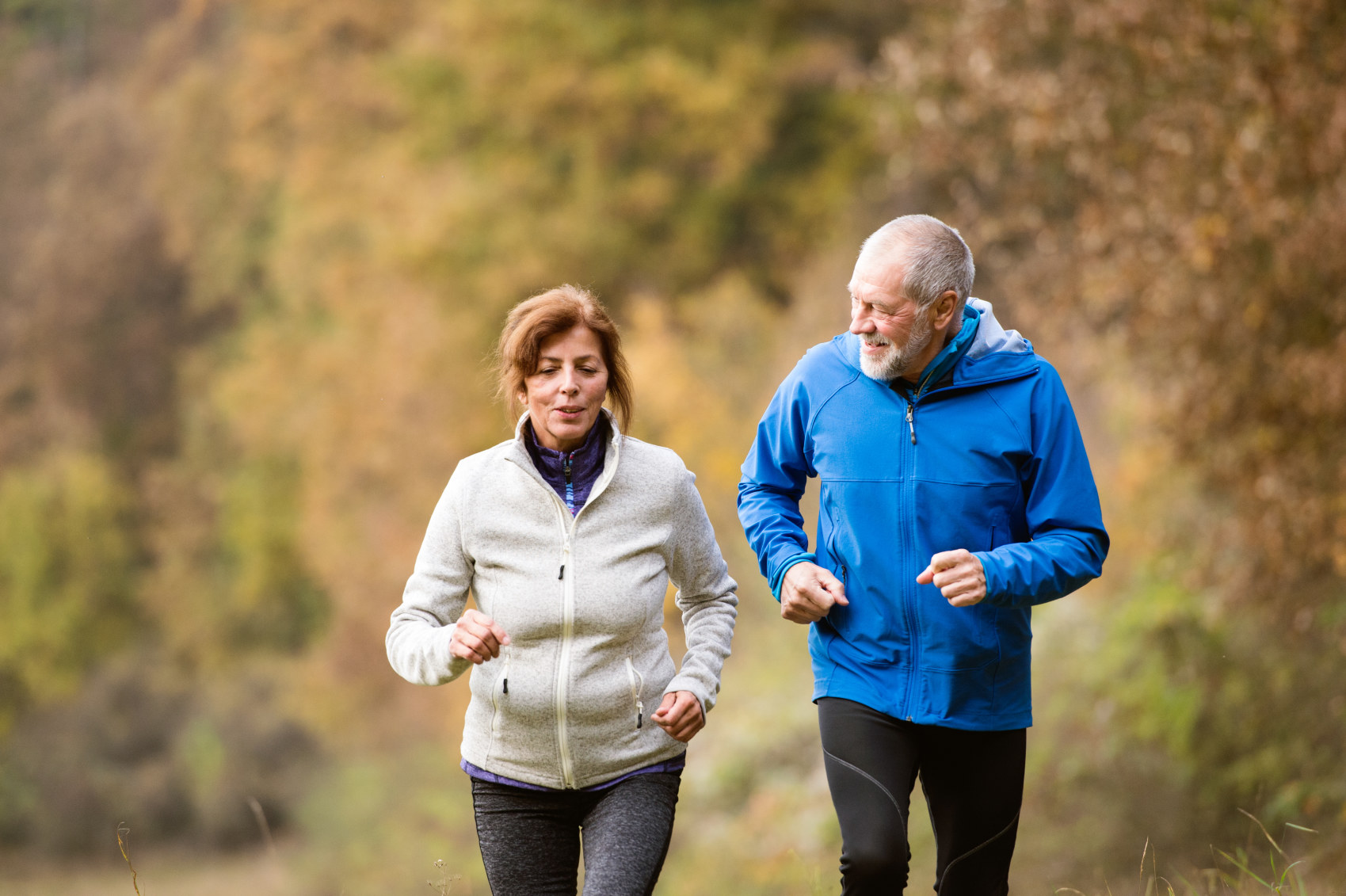
What is a Cancer-Prevention Lifestyle?
Our bodies fight an ongoing battle against mutations everyday that normally goes unnoticed thanks to our natural ability to quickly repair damage to our DNA.
However, we put ourselves at greater risk of losing that fight through years of exposure to avoidable health risks. Age is the highest risk factor for developing cancer because our body may fail to repair mutations created over a lifetime of damage from environmental and lifestyle-based hazards.
It’s never too late to start taking steps toward cancer prevention, and children have the most time gain from growing up with healthy habits.
There are so many choices within our day-to-day control we can make to greatly reduce cancer risk. Researchers have found that nearly half of the most common cancers in the United States are preventable by reducing our exposure to:
- Smoking
- Obesity
- Alcohol consumption
- Poor diet
- Physical inactivity
- Preventable infections
- UV radiation
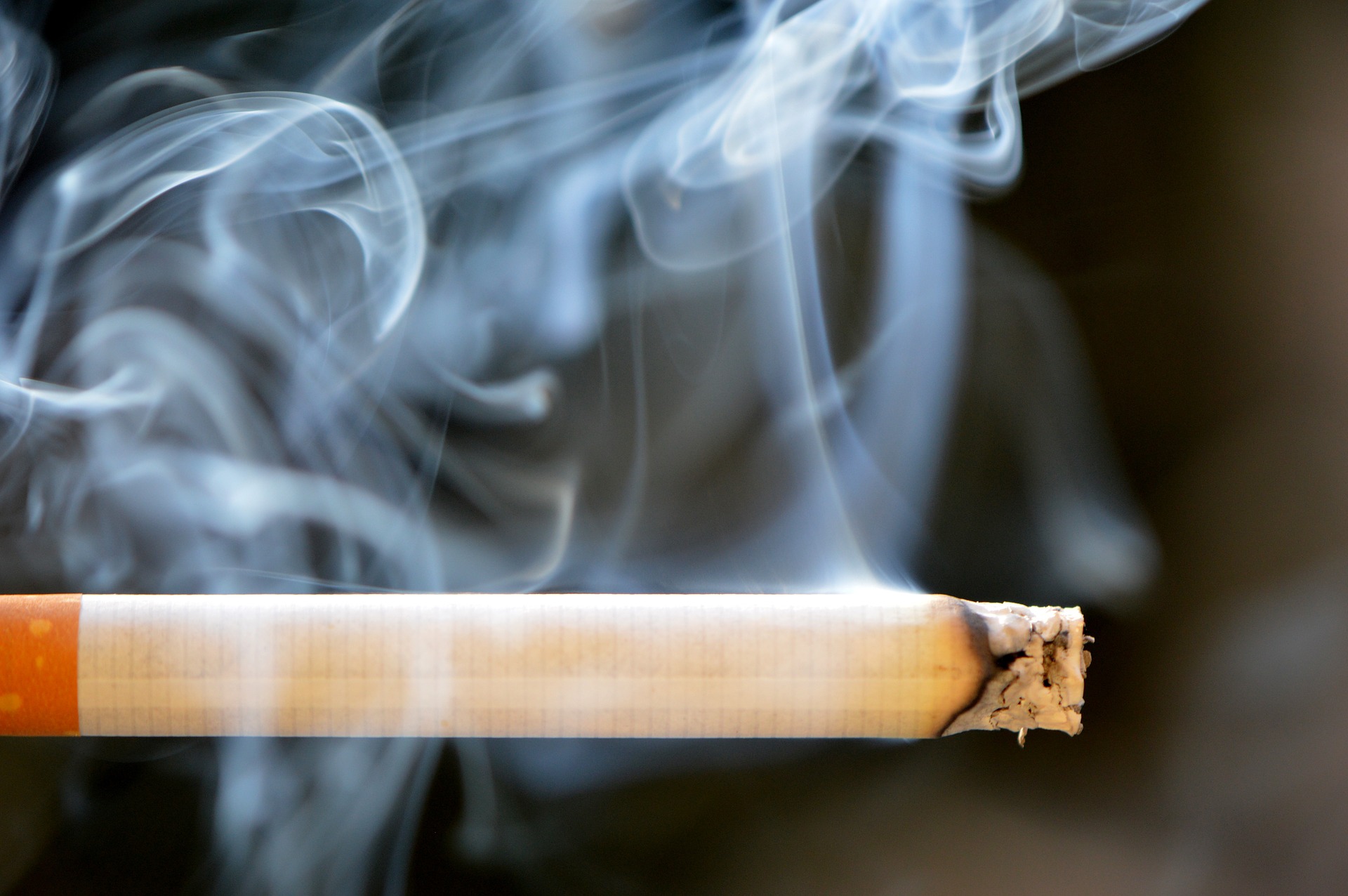
The Biggest Cancer Risks & How to Reduce Them
While smoking is probably one of the most well-known health risks in the world, it is still the number one cause of cancer. Smoking is responsible for 19% of all cancer cases and nearly 29% of cancer deaths.
According to the National Cancer Institute, smokers who quit before age 40 reduce their chance of dying prematurely from smoking-related diseases by about 90%. And quitting by age 45-54 reduces premature death almost two-thirds.
Being overweight or obese was found to be the second-most frequent cause of cancer in the United States. Chronic low-level inflammation and hormonal imbalances are just a few of the ways diet and body weight can affect cancer risk.
Ten to twenty minutes of moderate daily exercise and a well-balanced diet play a central role in maintaining a healthy lifestyle. For more information on how to make these habits a part of your routine, see our articles on staying active and cancer-preventing diet tips.
According to the American Cancer Society, more people are diagnosed with skin cancer in the USA every year than all other cancers combined. Safe sun practices, like wearing sunscreen and protective clothing, are the best way to limit your exposure to cancer-causing UV radiation.
See our article on the top 5 lifestyle changes for cancer prevention for more ways you can improve your health through everyday choices.
While healthy practices may not prevent all cases of cancer, the medical community has experienced monumental shifts over the past decades toward advancing cancer treatment. Continue reading the next chapter of the Cancer 101 series for information on the treatment options available to cancer patients.


